Learning Center
reading
Achieve close reading in technical text
August 29, 2013

Students need to understand that readers dive into different texts for different purposes. Sometimes we read for entertainment. Sometimes we read to learn. But technical texts are read with another goal in mind–to execute something, to perform something, to solve something. Readers of technical text are most successful when they “read closely.” In school this includes most texts read in art, P.E., building trades, FACS, math, business, and other technical courses. For example, how-to manuals, directions, instructions, experiments, recipes, diagrams, charts, maps, story problems, etc.
First reading
When reading closely, teach students to first read the technical text/story problem all the way through. They are reading this first time for gist. Students need to know the main idea, how it will be accomplished, and what the end result will be. (In math, this would be reading for the context of the problem and what they are solving for. If it’s a multi-step problem, this also gives them an overview of the different operations they will have to perform.)
Second reading
After this first reading, students will reread. This is NOT rereading because they didn’t comprehend. They aren’t rereading to self-monitor or to fix-up misunderstanding. In fact, they likely understood all that they read. This second reading is to notice more closely, more precisely, the key words, the important details, and the subtle but significant information embedded among all those big ideas. They are also rereading to take note of what information is NOT important or could be ignored.
During this second reading of technical text, students should have pencils in their hands. They circle, underline, strike-through, and make notes in the margins. (When working with digital text, students need to know how to interact with the text, how to make digital notations, and how to enlarge their view.)
Third reading
Now, it’s time for the third reading (or the second rereading). With the goal understood, it’s time to dive into constructing the object, following the recipe, executing the instruction, or solving the math problem. Embracing the Read a little; do a little strategy (developed by Smekens Education Consultant, Kristi McCullough), students will reread each step or facet, pausing to execute the task before reading on. The reader never strays far from the text. He reads one step and accomplishes what it requires.
When solving a math story problem, this third reading will also be done with pencil in hand. However, the purpose of the pencil is not to make notes in the text, but rather begin computing the problem on paper. Read a little; do a little is the mantra of anyone solving a math story problem or diving into technical text.

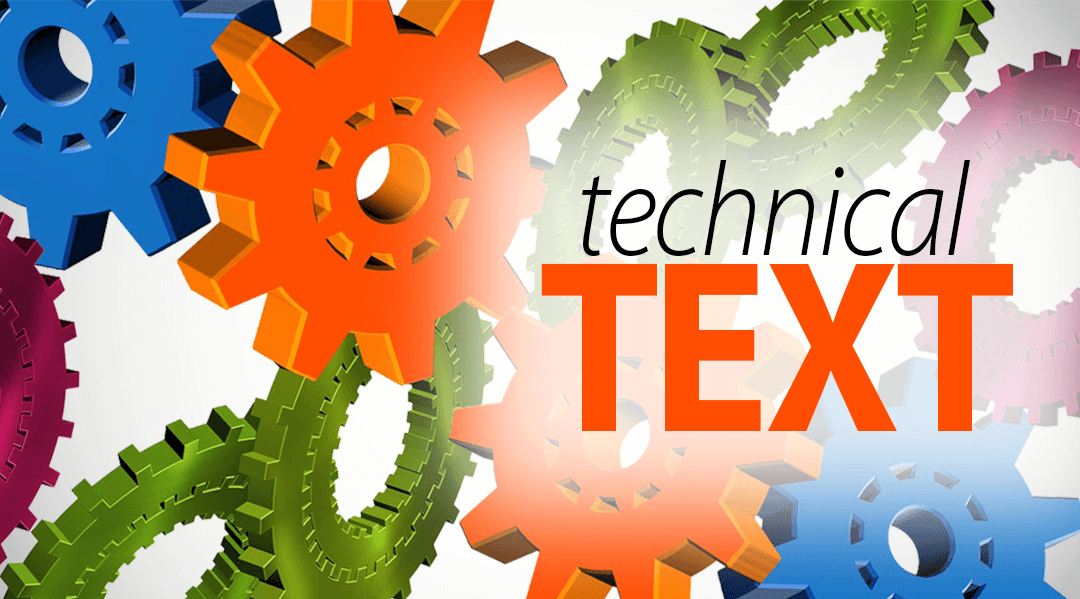
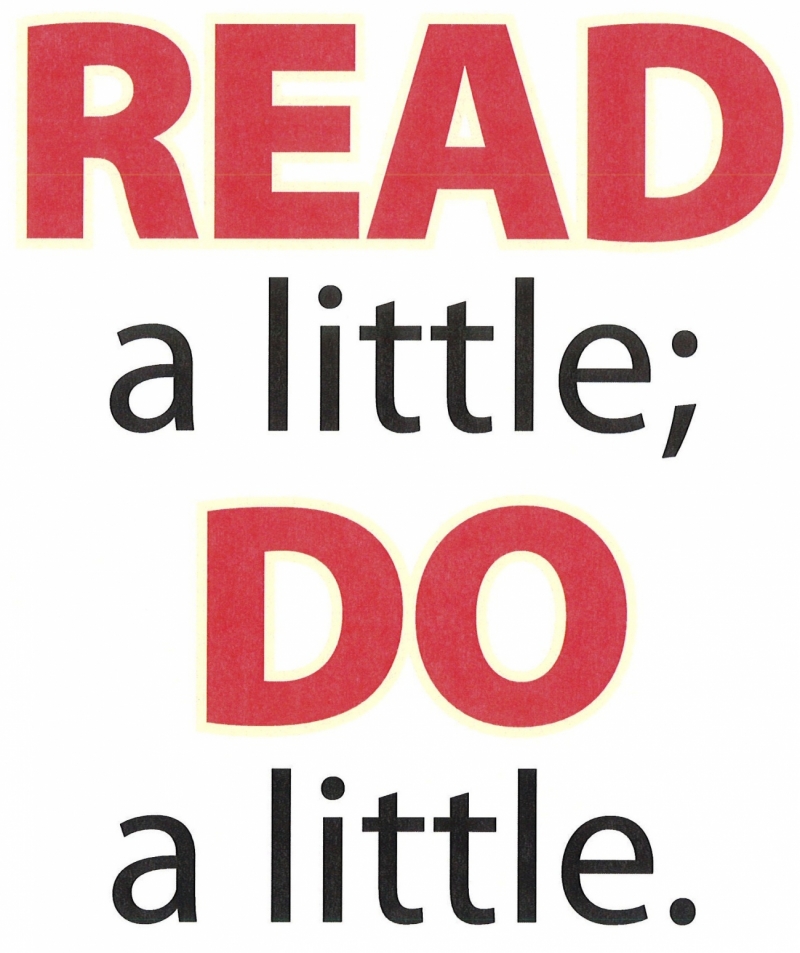

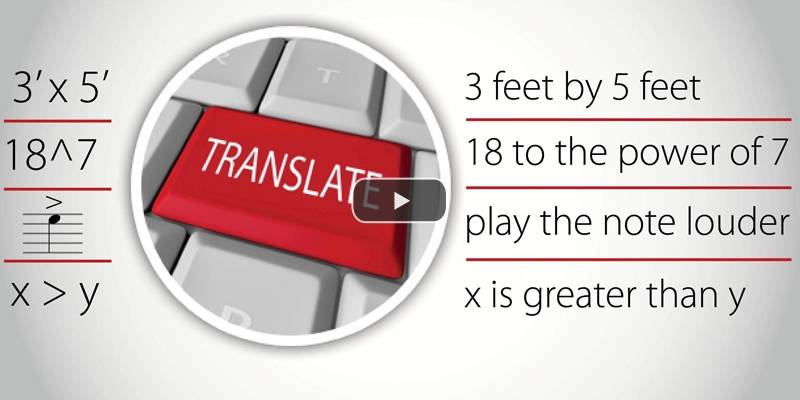
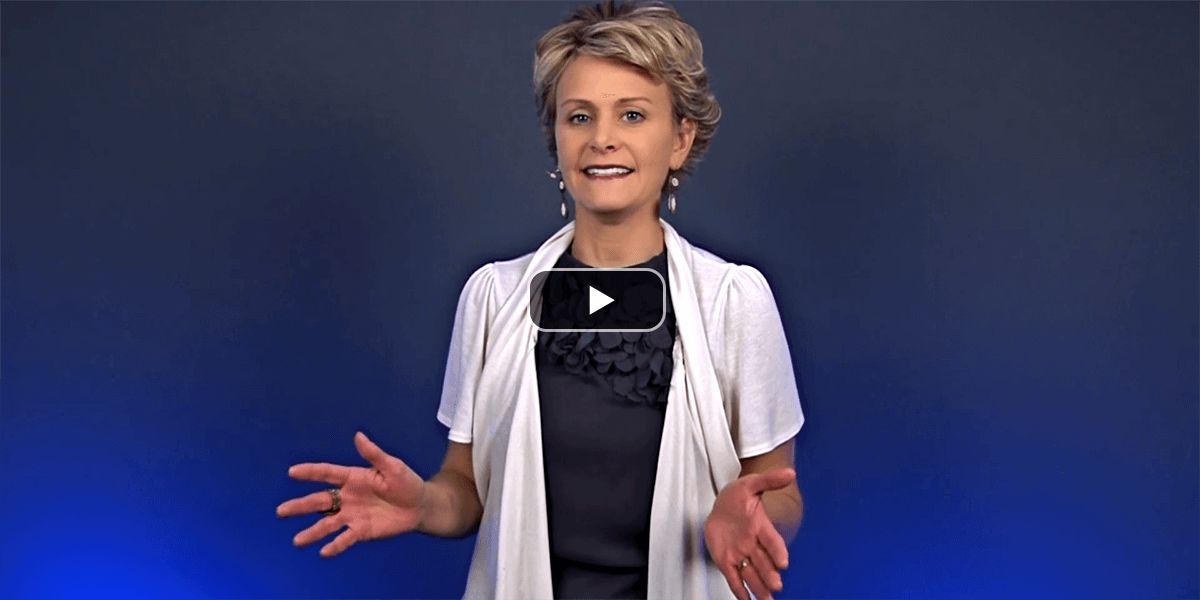
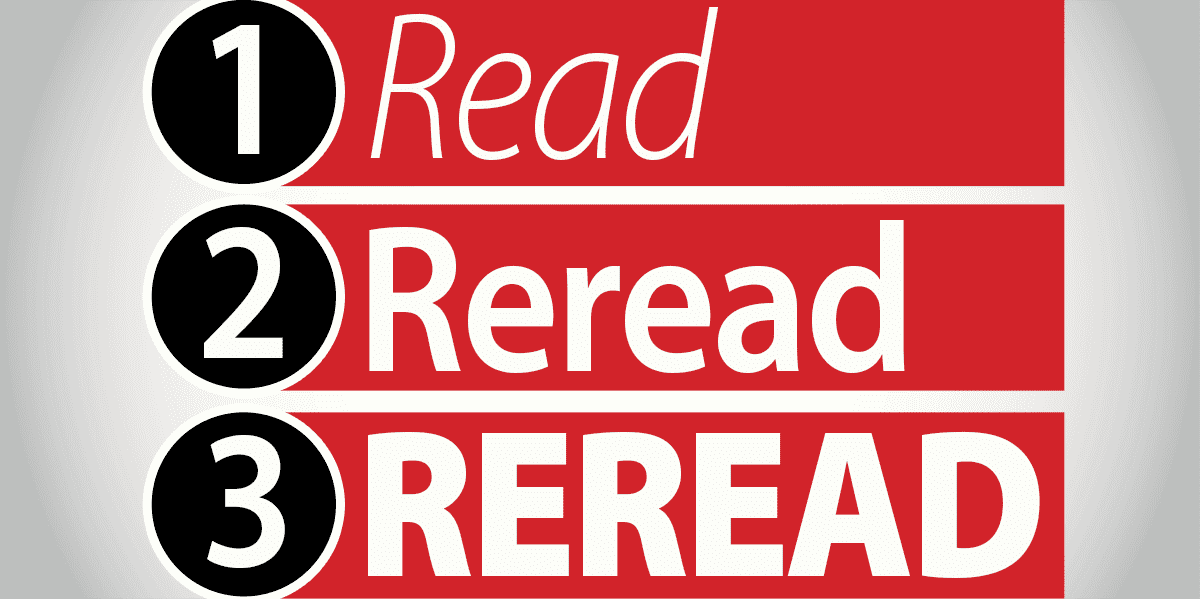
Knowing how to interact with the text is important for the reader. Also, rereading is important to gain important details or instructions on how to approach a Math problem or how to use a particular program or device etc. Great News.